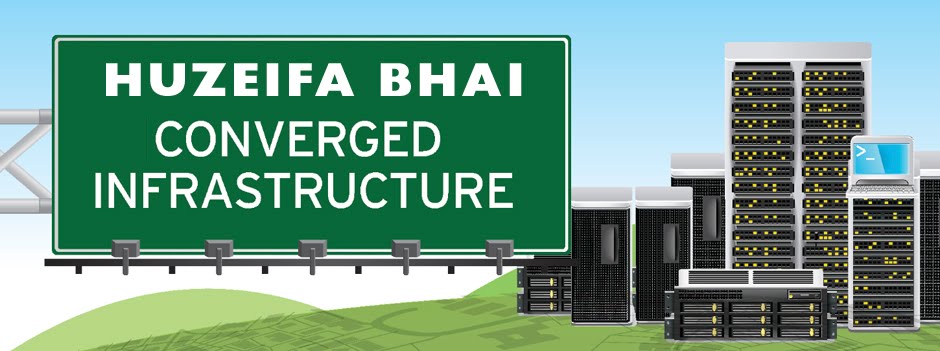Reception of routing information from neighbours: /
exchange routing updates and form neighbours
Though the use of
routing updates, each routing protocol learns path to other subnets which are
not directly connected.
Updates are
exchanged with layer 2 adjacent devices called neighbours, some IGP protocols
such as EIFRP, OSPF, IS-IS protocol form a neighbour relationship before
exchanging routing updates, where as other routing protocols such as RIV2
exchange routing information without forming neighbours with adjacent devices.
Routing protocol data structures: / store routing updates in there data
structure
All modern routing
protocols have data structures where they store information received from there
neighbours in the form of routing updates including the directly connected or
static routes as well as external routes which are redistributed. Some older routing protocols such as RIV does
not have data structures and thus installs and stores route directly into the
routing table.
Route injection or redistribution :
All IGPS inject
routes into their data structures,
injected routes are those which are either directly connected or static
routes, by directly connected I am referring to interfaces where the routing
protocol has been enabled.
External routes
which are learned from other sources can also be redistributed into data
structures and then advertised to neighbours.
Route selection and installation:
Each routing
protocol will select a best path for a prefix from its data structure, different routing protocols use different
algorithm to select its best path, best path selection is based on routing
protocol metrics.
Each routing
protocol offers its best path for a prefix to the ip routing table, if
multiple routing protocols offer best
path for the same prefix, path with the least administrative distance will get
installed in the routing table.
Transmission of routing information to neighbours:
Routing information
which is stores in data structures , injected or static routes as well as
external routes which are redistributed in data structures is then advertised
to neighbours, as mentioned in the reception of routing information from
neighbours, IGP's require a neighbour relationship before they start exchanging
routing information, where as other routing protocols such as RIPv2 does not
require neighbour relationship for exchanging routing updates.

No comments:
Post a Comment